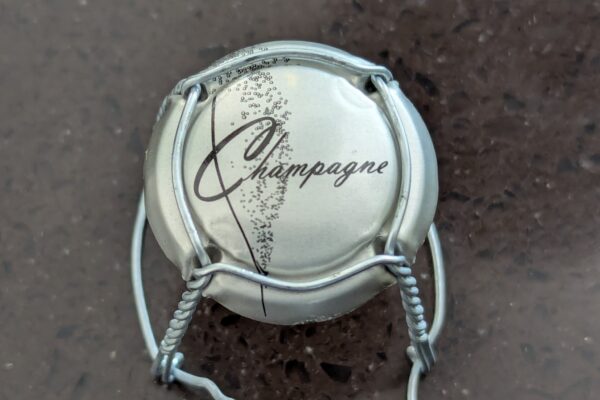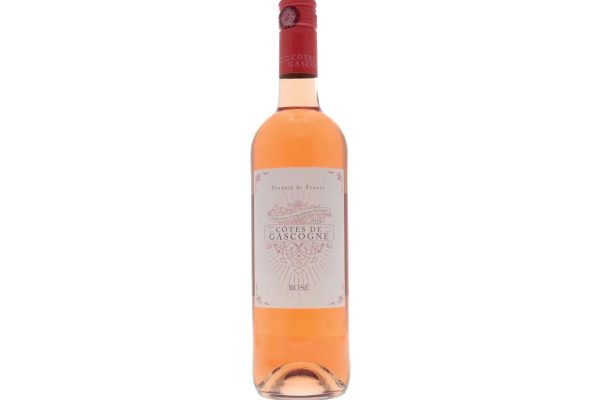
The Telegraph newspaper is explaining how orange wine is breaking into the mainstream. Once a niche taste favoured by few, orange wines are starting to go mainstream. They sit between red and white wines, although their vinification process sharply deviates from that of rosé. While rosé comes from red grapes handled much like white ones, orange wine is created from white grapes, but treated like red during vinification. The extended interaction between the juice and the skins, gives the wine with its characteristic amber hue, a noticeable viscosity and a unique texture.
The tannins and flavours, extracted from the skin contact, lend orange wine a notable presence and texture, making it an ideal companion to a range of dishes. The art of making orange wines dates back thousands of years, with a notable tradition in Georgia where the lengthy contact of skins (and stems) with the fermenting wines in qvevri (clay vessels) is a revered practice. In recent times, the charm of orange wines has been rekindled and refined by artisan pioneers like Božidar Zorjan in Slovenia, and Joško Gravner and Paolo Vodopivec in north-east Italy.
The Telegraph article mentions the Domaine Paul Mas Rosorange 2022 from France (from Vintage Roots), a pleasant rosé-orange hybrid blending red and white grapes, and the Knightor Muscat Skin Fermented 2022 from England (from Knightor), a floral and fragrant wine with a soft apricot tint. There’s also the Tbilvino Qvevris 2021 from Georgia (from Ocado), offering a delightful jump back to the ancient origins of orange winemaking with its flavours of candied grapefruit, spices and quince.













